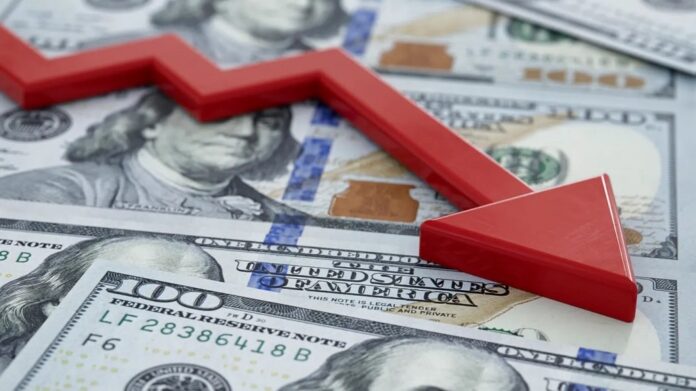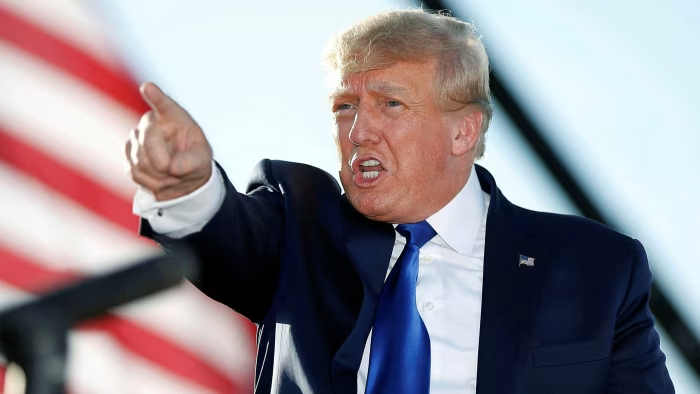US dollar just took its biggest dive in 50 years and Trump is already pointing fingers at the Fed, saying Powell should take the fall

The U.S. dollar just hit its lowest point in three years, marking the worst start to a year since 1973, as President Donald Trump intensified his campaign against Federal Reserve Chair Jerome Powell. On Tuesday, the dollar index slipped 0.4% to 96.47 after briefly touching 96.38 in overnight trading, extending the greenback’s 2025 slide to over 11%.
This slump followed coordinated efforts from the White House to influence the Federal Reserve’s policy direction. Press Secretary Karoline Leavitt revealed that Trump had scribbled a note atop a list of global interest rates, using an arrow to indicate that U.S. borrowing costs should fall between 0.5% and 1.75%—far below the current Fed Funds rate of 4.5% to 4.75%.
Markets are pricing in a possible quarter-point rate cut in September. However, Powell has remained firm, stating that persistent inflation and a strong labor market leave the Fed “in no hurry” to slash rates. But with Trump reportedly considering the appointment of a “shadow Fed chairman” to monitor central bank policy before Powell’s departure next spring, concerns over the Fed’s independence are growing.
According to Saxo Bank’s head of macro strategy John Hardy, “It is tough to see what can derail the dollar bears here besides some dramatic spike in volatility.” He added that even Friday’s hotter-than-expected core PCE inflation data failed to change expectations, as markets now “await a dovish Trump nominee for Fed chair seemingly any day now.”
Meanwhile, Powell is scheduled to speak at a European Central Bank event in Portugal, where he is expected to address monetary policy in the face of growing political pressure.
Adding to the economic unease, Trump’s proposed One Big Beautiful Bill Act—currently being pushed through the Senate—would add $3.3 trillion to the U.S. deficit over the next decade. Despite its size, ING’s Chris Turner noted that the bill isn’t yet seen as a major market driver. Instead, investors are focused on inflation trends, upcoming Treasury auctions, and the potential for Trump to nominate a dovish Fed replacement that could upend financial markets.
Turner also highlighted the potential impact of Trump’s proposed “Liberation Day” tariffs, expected to return on July 9. He said reports suggest the European Union may accept 10% tariffs on most of its exports to the U.S., while Washington appears to be ramping up pressure on Japan to open its market to American rice. This may explain why USD/JPY is currently leading the dollar lower.
Investor Louis Navellier called the dollar’s weakness “the most concerning development this year.” While a weaker dollar can boost U.S. manufacturing and help multinationals when converting foreign profits, Navellier warned it also raises the cost of imports. Coupled with Trump’s planned tariffs, a weak dollar could worsen inflation—though this hasn’t yet shown up in consumer price data.
As the market digests this financial chaos, all eyes are on key data releases later this week. Nonfarm payrolls and the ISM’s business activity reading could determine whether markets double down on expectations for a September rate cut—or price in an earlier move.
But looming above it all is the political turmoil surrounding the Federal Reserve. As the dollar continues to slide and Trump doubles down on criticism, many fear that the central bank’s independence could become the next casualty in the administration’s broader economic war.
Note to our readers: This article is based on verified financial reporting from Reuters and Yahoo Finance, which document the U.S. dollar’s drop to a 3½-year low amid proposed federal tax-and-spending plans and ongoing Federal Reserve caution.



